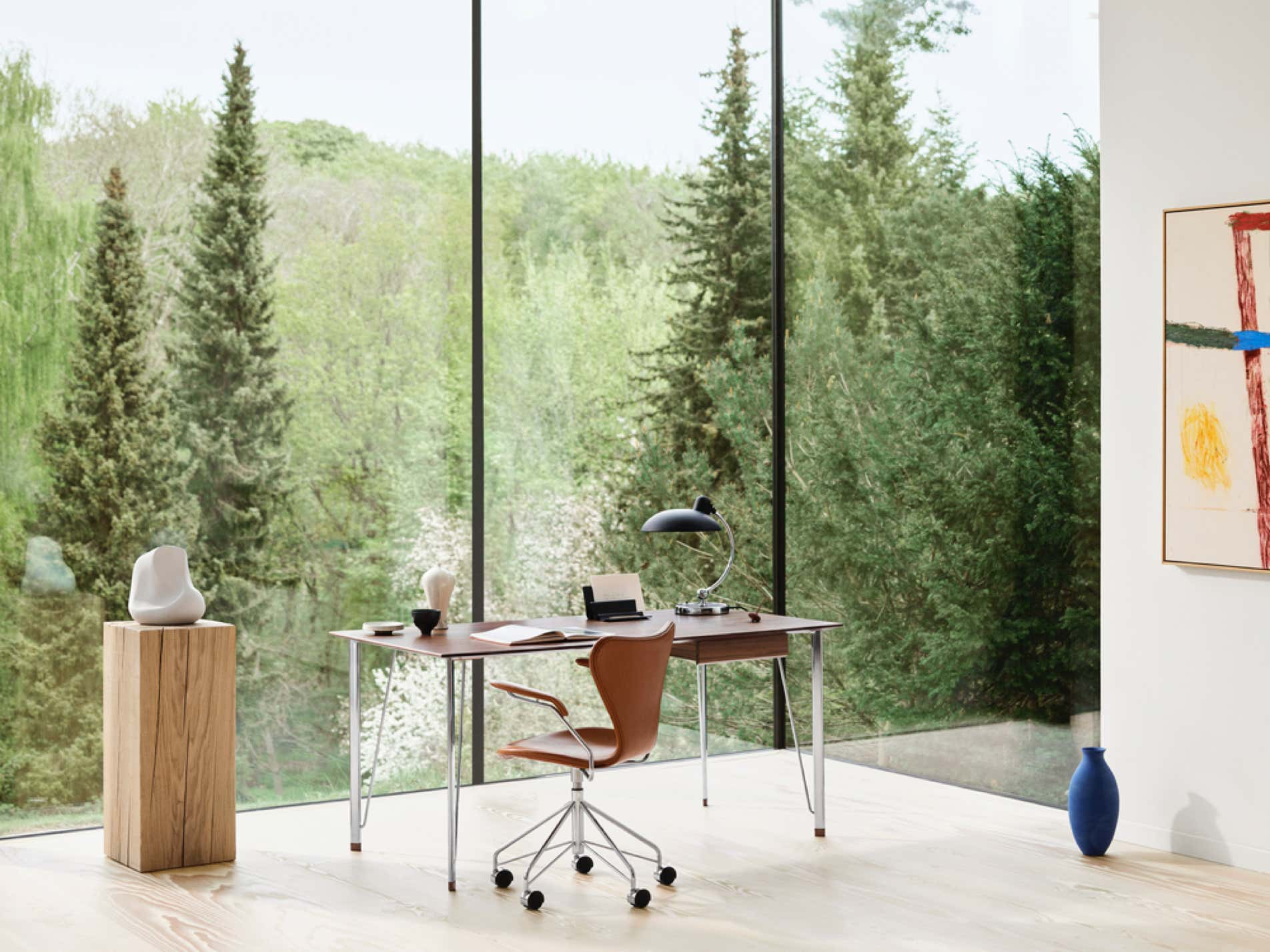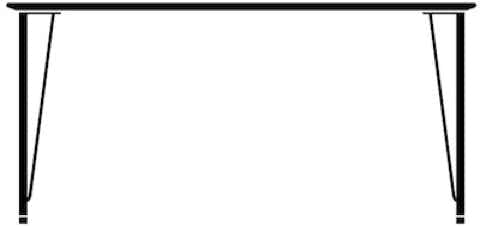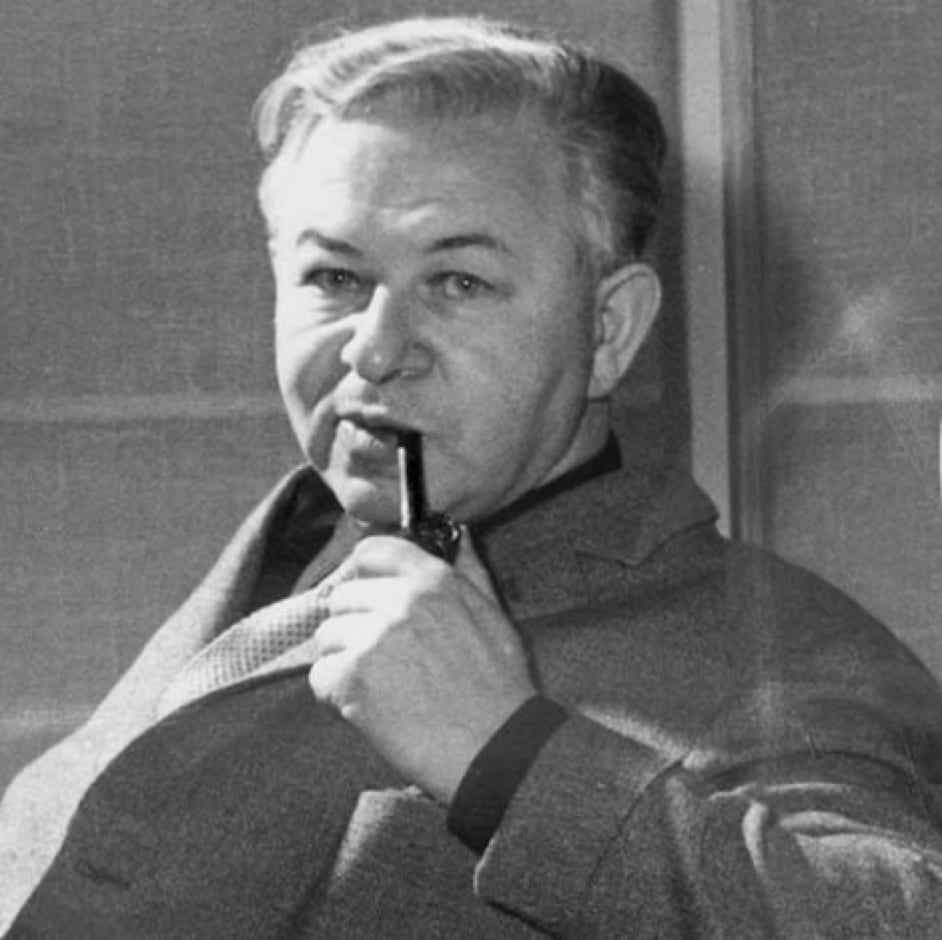
The FH3605 Desk – or "Writing Desk", as Arne Jacobsen called it – was designed in 1955 as a natural complement to the Series 7 swivel chair n°3217, but it works equally well with the Ant, Grand Prix or Series 7 stackable chairs. Fritz Hansen is reissuing it today, updating it with modern, high-performance materials to meet contemporary needs.
Compact, with timeless, relevant lines, the FH3605 Desk embodies Nordic minimalism and functionality at their best. The optional drawer fits perfectly under the top. Fritz Hansen offers two versions of the top - walnut veneer and black-stained ash - and two versions of the base - chrome-plated steel or black thermo-lacquered - allowing customised combinations.
Featuring luxurious materials, the FH3605 Desk allows you to be productive in a small space, making it ideal for a home office corner or a well-groomed professional space.
Tabletop solid ash or walnut edges, MDF with veneer
Base chromed or black powder coated
Glides solid ash or walnut + hytrel 5526
Drawer solid ash or walnut – can be installed both left or right side (only one drawer can be installed)
Dimensions Tabletop 80 x 152 cm – Height 72 ou 74 cm – Drawer 52 x 30 x H8 cm – Weight 27/29 kg
Warranty 5 years for the lacquer, 10 years for the tabletop, the base and the drawer – an extended warranty of up to twenty years is provided on selected products provided they have been registered online on fritzhansen.com/my-fh


without drawer
with drawer
The FH3605 Desk is available with or without drawer, with a walnut or black ash top, with a chrome or black base.

Arne Jacobsen was born on February 11, 1902 in Copenhagen. His father, Johan Jacobsen, is a wholesale trader in safety pins and snap fasteners. His mother, Pouline Jacobsen, a bank clerk, paints floral motifs in her spare time. The family lived in a typical Victorian style home. As a contrast to his parents’ overly decorated taste, Arne paints his room in white.
Background & school relations
He met the Lassen brothers at Nærum Boarding School: later, Flemming Lassen was to become his partner in a series of architectural projects. Arne Jacobsen is a restless pupil, always up to pranks, with a self-deprecating humour. Already as a child, he showed an extraordinary talent for drawing and depicting nature through scrupulous studies. He wants to be painter, but his father felt that architect was a more sensible choice.
The Pleasant and the necessary trips abroad
Jacobsen’s travelling begin already in his twenties, when he went to sea to New York. Then followed an apprenticeship as a bricklayer in Germany and a series of study and drawing excursions to Italy. Jacobsen produced some of his finest watercolours during this period, capturing atmospheres and shapes accurately and carefully. From the beginning of his career, Jacobsen turned his gaze abroad, without abandoning Danish traditions.
Arne Jacobsen behind the design
Jacobsen production reflects his personality: an insistent, perfectionist modernist, to whom no detail was trivial, although the main picture was basically black/white and unambiguous. On the other hand, the nature-loving botanist and jovial family man: like him, his work is precise and warm, Danish and universal, modern and timeless.